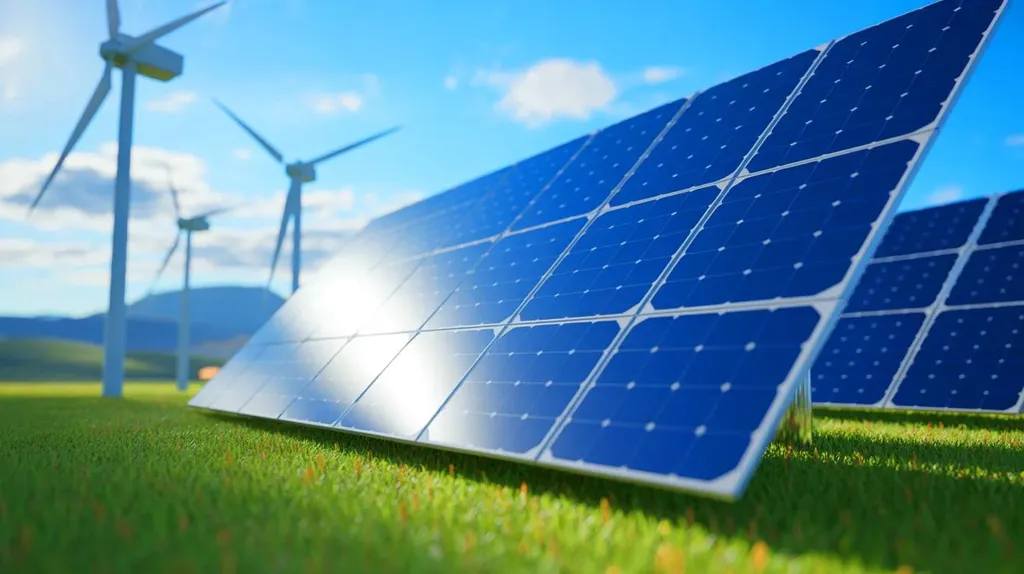In the pursuit of more efficient and cost-effective solar power technologies, a team of researchers led by Rafael Pérez-Álvarez from the Department of Thermal and Fluids Engineering at Carlos III University of Madrid has made significant strides. Their recent study, published in the journal “Case Studies in Thermal Engineering,” focuses on the design and economic assessment of bayonet central receivers for solar power towers. This research could potentially reshape the future of solar energy, offering a more efficient and economical alternative to current technologies.
The study introduces novel initial design strategies for sizing bayonet tubes applied to solar external receivers. These strategies consider key variables such as fluid velocity, pressure drop, and convection coefficients, which are crucial for the performance of bayonet tubes. Pérez-Álvarez and his team developed a numerical simplified model to assess these design strategies, excluding those that did not enhance convective heat transfer or exhibited much larger pressure drops than simple tubes.
To further understand the behavior of bayonet tubes, the researchers conducted Computational Fluid Dynamics (CFD) simulations. These simulations verified the appropriateness of the simplified initial design model and its assumptions. The results were promising. Concentric bayonet tube layouts sized with these strategies led to higher convection coefficient ratios than simple tubes, although at the cost of increasing the pressure drop. However, when these layouts were reconfigured eccentrically, they showed a larger convection heat transfer efficiency, a reduced pressure drop, and a lower maximum temperature compared to simple tubes.
Pérez-Álvarez explained, “The eccentric bayonet tube layouts not only improve heat transfer efficiency but also reduce the pressure drop, making them a more viable option for solar power towers.” This enhancement in performance could significantly impact the energy sector, offering a more efficient way to harness solar energy.
However, the researchers also considered the economic viability of these designs. Some bayonet tube designs may be acceptable from a thermomechanical perspective but may not be economically viable. To address this, the team estimated the manufacturing costs of both bayonet and conventional receivers. They found that using 316H steel for the interior bayonet tube while retaining Haynes 230 for the exterior tube, to withstand the concentrated solar radiation, can reduce the receiver cost by up to 13% compared to a simple tube receiver.
This research could shape future developments in the field by providing a more efficient and cost-effective alternative to current solar power technologies. As Pérez-Álvarez noted, “The potential for cost reduction and improved performance makes this a promising avenue for further research and development in the solar energy sector.”
The study’s findings are a significant step forward in the quest for more efficient and economical solar power technologies. By offering a detailed analysis of the thermo-hydraulic design and economic assessment of bayonet central receivers, this research provides valuable insights for engineers and policymakers alike. As the world continues to seek sustainable and renewable energy sources, this study could play a crucial role in shaping the future of solar power.

